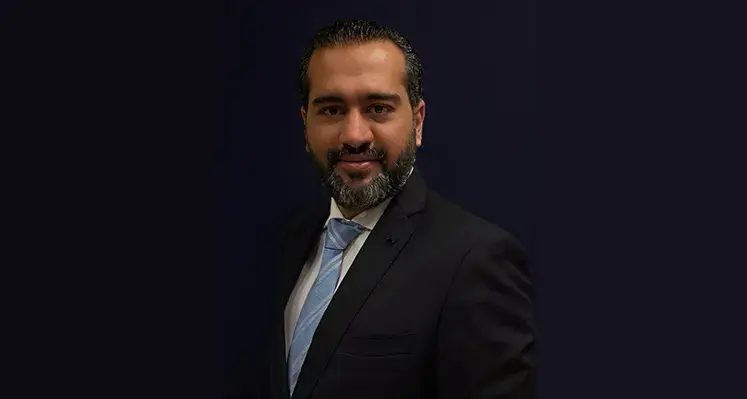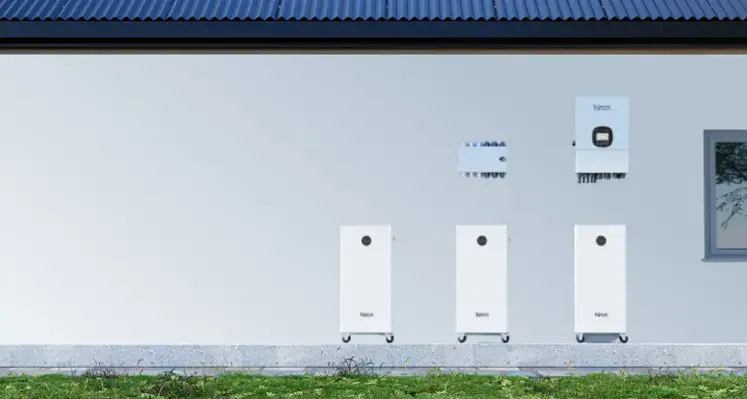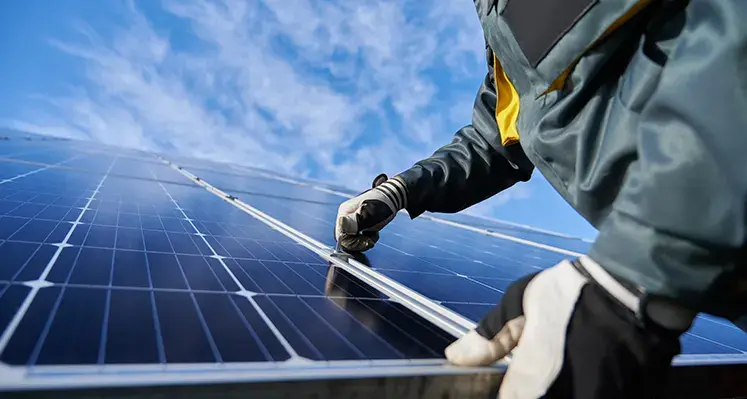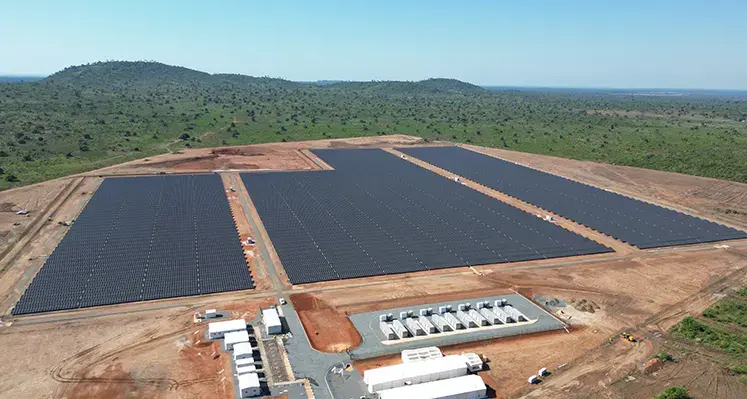Energy
Hinen launches H15000T three-phase hybrid inverter
Hinen has unveiled the H15000T, a 15kW three-phase low-voltage hybrid inverter designed as a next-generation energy solution for Europe and Africa’s three-phase residential and light commercial markets
Developed to meet rising demand for integrated solar, storage and dependable backup power, the H15000T targets large homes and small commercial sites in regions where three-phase systems are common.
In Europe, the inverter aligns well with markets such as Poland, where escalating electricity prices and the push for energy independence are accelerating uptake of high-capacity hybrid solutions. Across Africa, it is positioned for high-end residential customers and small enterprises that require reliable power in areas affected by frequent grid interruptions and heavy dependence on diesel generators.
With electricity tariffs fluctuating and grid reliability under increasing pressure, users in both regions are seeking systems that provide higher output, greater adaptability and stronger backup performance. The H15000T responds with a durable, future-ready architecture built to deliver consistent performance under real-world conditions.
Engineered for practical three-phase applications, the H15000T supports 100% three-phase unbalanced output, enabling each phase to supply up to 50% of rated power independently. This capability ensures stable operation even when loads are unevenly distributed, a typical scenario in large residences, farms, workshops and small commercial facilities.
The inverter incorporates three independent MPPTs and allows 150% PV oversizing, supporting up to 22.5kW of solar input. This configuration maximises energy yield from complex rooftop installations. A low PV startup voltage of 120V allows earlier daily generation, helping users harvest more solar energy and enhance overall system returns.
For backup-intensive applications, the H15000T offers 100–110% continuous overload capacity and can handle close to 200% overload for up to 10 seconds, ensuring critical loads remain operational during sudden demand spikes. A 45A high-capacity bypass current enables peak output of up to 30kW, supporting power-hungry appliances, machinery and commercial equipment. With a backup switching time of no more than 10ms, the system provides seamless transitions during grid outages, protecting sensitive devices and maintaining uninterrupted operations.
The H15000T also delivers rapid charging and intelligent energy control, featuring a 290A ultra-fast battery charge and discharge capability for quicker energy storage and enhanced load support. It is compatible with multiple energy sources, including solar PV, the grid and diesel generators, offering resilience across varied energy environments.
Smart load management is enabled through a dedicated secondary output, allowing users to prioritise essential circuits, while dry contacts support automatic diesel generator start and stop. Multiple operating modes can be configured via a mobile app, giving users the flexibility to tailor energy strategies and optimise efficiency according to their specific needs.
Scatec launches Grootfontein solar project
Norwegian renewables group Scatec ASA has started commercial operations at the 273 MW Grootfontein solar power plant in South Africa
Separately, the Oslo-listed company announced that it has signed up EDF Power and Norfund as partners on its flagship 1.1GW solar and battery storage hybrid project, Obelisk in Egypt.
“Obelisk is Scatec’s largest project to start construction to date and combines solar and batteries to deliver stable and cost competitive renewable energy to support Egypt’s growing power demand and energy transition,” said Scatec CEO Terje Pilskog.
Following the transaction, Norfund will own 25% of the Obelisk holding company with Scatec owning the remaining 75%.
EDF power solutions will own 20% of the operating company (SPV), bringing Scatec’s and Norfund’s total economic interest to 60% and 20% respectively with Scatec retaining economic control of the power plant.
Scatec added that it is in “advanced discussions” with additional equity partners, aiming to reduce Scatec’s economic interest in the project further.
In South Africa, the smaller Grootfontein project will generate solid revenues via a 20-year power purchase agreement (PPA).
“Bringing the Grootfontein plant into operation is an important milestone for Scatec and our partners,” said Pilskog.
“As our first project in the Western Cape, and the first solar project to reach COD under REIPPPP Round 5, this achievement reflects the dedication and resilience of our teams and contractors.”
The power plant is expected to generate 700 GWh of clean energy annually, leading to an estimated abatement of 630,000 tonnes of CO2 emissions, making it the largest co-located solar PV cluster in the Western Cape.
Scatec owns 51% of the equity in the project, and partners with H1 Holdings, its local Black Economic Empowerment partner, and the Grootfontein Local Community Trust.
Scatec will also continue to provide Operation & Maintenance and Asset Management services to the power project.
Read more:
Scatec's Kenhardt project earns global recognition
Scatec venture signs Liberia, Sierra Leone solar deals
Scatec pioneers industrial EV adoption on-site in Northern Cape
Global energy jobs keep rising
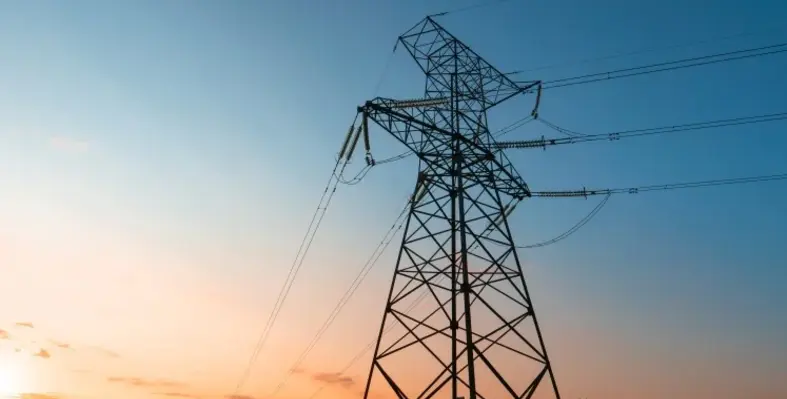
IEA reports energy sector employment reached 76 million in 2024, but skilled labour shortages threaten progress.
Strong global investment in energy infrastructure helped push energy-sector employment up by 2.2% last year, almost twice the pace of job growth across the broader world economy, according to a new report from the IEA
The World Energy Employment 2025 report, published today, indicates that the global energy workforce expanded to 76 million in 2024, marking an increase of over five million positions compared to 2019. Over the past five years, the sector has accounted for 2.4% of all net new jobs created globally.
Much of this momentum stems from the power sector, which has generated three quarters of recent employment gains and now stands as the largest employer in energy, surpassing fuel supply. Solar PV continues to be a central catalyst for hiring, supported by notable expansions in nuclear power, electricity grids and energy storage. As electrification accelerates across various industries, employment in EV manufacturing and battery production surged by nearly 800,000 roles in 2024.
Fossil fuel employment demonstrated resilience throughout 2024. Coal sector jobs climbed in India, China and Indonesia, lifting coal industry employment 8% above 2019 levels despite steep reductions in advanced economies. Meanwhile, oil and gas companies have recovered most of the positions lost in 2020, though falling prices and economic uncertainty have prompted workforce reductions in 2025. Early indicators suggest that overall energy-sector job growth is likely to ease to 1.3% this year, with tight labour markets and geopolitical tensions prompting businesses to slow hiring.
Despite the sector’s strong hiring record, the report flags a worsening shortage of skilled workers. More than half of the 700 companies, labour unions and training organisations surveyed through the IEA’s Energy Employment Survey cited severe recruitment challenges that risk delaying infrastructure development, slowing major projects and increasing system costs.
“Energy has been one of the strongest and most consistent engines of job creation in the global economy during a period marked by significant uncertainties,” said Fatih Birol, IEA executive director. “But this momentum cannot be taken for granted. The world’s ability to build the energy infrastructure it needs depends on having enough skilled workers in place. Governments, industry and training institutions must come together to close the labour and skills gap. Left unaddressed, these shortages could slow progress, raise costs and weaken energy security.”
Technical and applied roles including electricians, pipefitters, line workers, plant operators and nuclear engineers remain among the hardest to fill. These occupations have collectively added 2.5 million jobs since 2019 and now make up more than half of the global energy workforce, more than double their share of total employment across the wider economy.
Demographic pressures are also mounting. In advanced economies, 2.4 energy-sector workers are nearing retirement for every new entrant under the age of 25. Nuclear and grid-related professions face some of the most acute ageing dynamics, with retirement-to-new-entrant ratios of 1.7 and 1.4 to 1 respectively.
Meanwhile, the number of newly trained workers entering the field is insufficient to meet demand. To prevent the skills gap from widening further by 2030, the global pool of newly qualified energy workers would need to expand by 40 percent. Achieving this increase would require an estimated US$2.6bn in additional annual investment, less than 0.1 %of total global education spending.
The report emphasises that policy interventions can help reverse these trends. Survey respondents cited training costs, forgone wages and limited awareness of available programmes as major barriers to workforce entry. Effective approaches include targeted financial support for learners, broader apprenticeship offerings, greater industry participation in curriculum development and expanded investment in training centres. Additionally, reskilling within the sector is becoming increasingly important. While certain regions are already experiencing declines in fossil fuel employment, strategic retraining programmes could enable workers to transition into fast-growing segments of the energy system.
MCA unveils Angola’s Cazombo photovoltaic park
Portuguese group MCA has just energised Africa's largest off-grid renewable energy photovoltaic (PV) park in Angola
The site will supply green energy to more than 136,000 people, with a production capacity of 25.40 MWp and batteries with a storage capacity of 75.26 MWh.
It is the country’s first autonomous, off-grid system with a solar source and battery bank for night-time supply – meaning that no fossil fuels will be consumed.
The inauguration was attended by Angola’s Minister of Energy and Water (MINEA), João Baptista Borges.
Manuel Couto Alves, chairman of the MCA Group, said that “the delivery of this first park, with cutting-edge technology and operating models adjusted to the evolution of local demand, represents our ability to adapt and our flexibility in responding to specific contexts.”
The project, with more than 40,000 solar panels installed, generated 300 jobs and enable annual savings of around 10 million litres of fuel, avoiding the emission of 37 tonnes of CO2 using renewable energy.
“For us, this project represents not only a technical challenge overcome with excellence,” added Alves, “but also a significant transformation in the quality of life of the communities involved. It is with a sense of accomplishment that I see people's homes lit by green energy.”
The financing for the project was structured by the UK’s Standard Chartered Bank with the support of German Export Agency, Euler Hermes, which granted a guarantee of around €1bn reinsured by Cosec and K Sure, the Portuguese and Korean export credit agencies (ECA).
The public electricity production company, PRODEL Ep, is the promoting entity.
The Angolan municipality of Cazombo, with a population of around 411,074 inhabitants, is the capital of the province of Moxico Leste.
The commissioning of the new park represents the first major source of electricity production and distribution in the region.
The Cazombo photovoltaic park forms part of a broader Rural Electrification Project in Angola that began in 2023 and is expected to be completed in 2026.
As well as MCA Group, it involves the Angolan government through the Ministry of Energy and Water and the Ministry of Finance, as well as a consortium of banks represented by Commerzbank AG as agent, and the German ECA, Euler Hermes.
As part of this project, MCA will also build 46 isolated solar mini grids to benefit more than one million people in 60 communes in the interior of the country, located in the provinces of Malanje, Bié, Lunda-Norte, Lunda-Sul and Moxico.
Photovoltaic power of 256MWp and 595 battery storage will be generated, and more than 200,000 household connections will be made.
Read more:
OCP Green Energy commissions Morocco's largest solar project
Mitrelli Group completes Angola's Quibala substation
Africa construction market drives Mota-Engil growth





